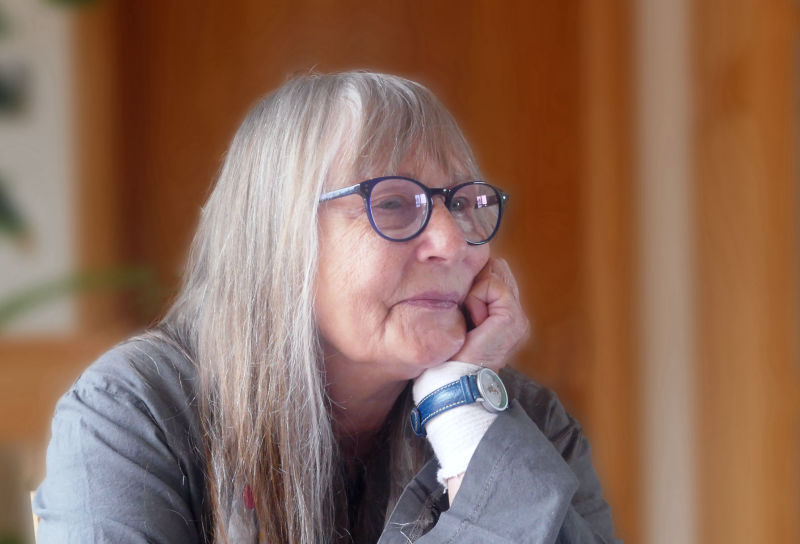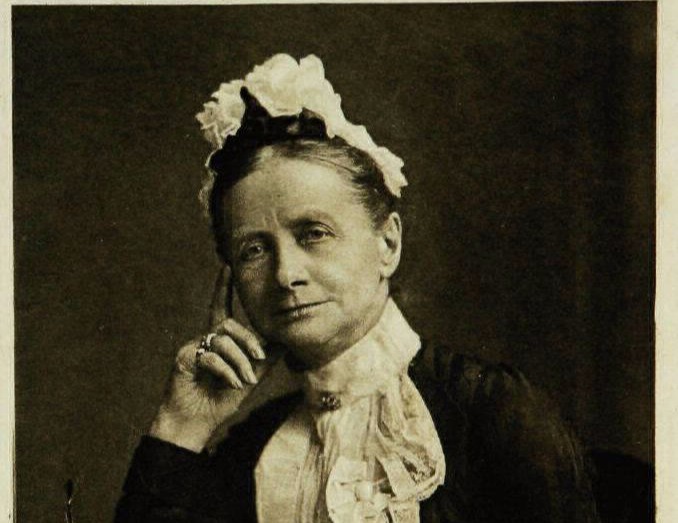The Christ Church Crowton Collage


12 November 2020
Expressions of interest from experienced stitchers confirmed and initial allocation of squares
22 November 2020 to Easter 2021
Sponsor a Square! For a donation, nominate your chosen picture to be completed by an experienced stitcher!
Saturday 14 August
2021 from 11.00am to 3.00pm
The collage comes to life!
Workshop in the village hall to assemble the 150 squares. Visitors welcome to observe the work in progress
Sandra Christie sandrachristiesculpture.co.uk
Although not embarking on formal art training until her fifties, Sandra always considered herself to be an artist. In her early working career she qualified as a jeweller, and has had a lifelong affinity with textiles.
After gaining a BA (Hons) in Fine Art from the University of Chester in 2009, Sandra has been following a career in sculpture, with the focus being on harder and more industrial materials, experimenting with wood, concrete and metal. Evidence of the handmade is often visible, striving for empathy between materials and form. Shape and texture continue to be important and combine soft, organic curves and folds with hard materials. Constructed work in copper, weaving with wire and tube, is still a favourite and features alongside carved plaster. These two materials and systems often overlap to produce a variety of surfaces and finishes.
Sandra is the Chairperson of Cheshire Artists' Network www.c-a-n.co.uk
A hymn originating in the Anglican church and sung by many other Christian denominations. The words are by Anglo-Irish poet Cecil Frances Alexander (1818-1895) and were first published in her Hymns for Little Children (1848).
The chorus has been recommended as a Christian song for children to learn, even for children as young as five years of age. The first generation of children to attend the church-aided primary school here in Crowton would have known this hymn: as have all generations since. The melody to which the hymn is most usually sung originated from a 17th-century English country dance tune, later adapted by Martin Shaw and William Henry Monk.


The hymn consists of a series of stanzas that elaborate upon verses of the Apostles' Creed. It may have been inspired by Psalm 104, verses 24 and 25: "Oh Lord, how manifold are thy works! in wisdom hast thou made them all: the earth is full of thy riches. So is this great and wide sea, wherein are things creeping innumerable, both small and great beasts".
The hymn may also have been inspired by a verse from Samuel Taylor Coleridge's The Rime of the Ancient Mariner: "He prayeth best, who loveth best; All things great and small; For the dear God who loveth us; He made and loveth all." Or again, inspiration may have come from William Paley's Natural Theology, published in 1802, that argues for God as the designer of the natural world. The hymn's second verse, for example, alludes to "wings" and verse 7 refers to "eyes". Paley cited wings and eyes as examples of complexity of design, analogous to that of a watch, with God as the Divine Watchmaker.